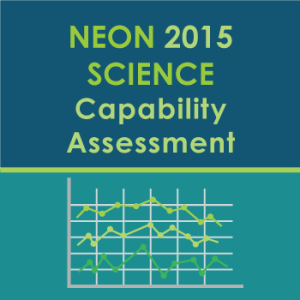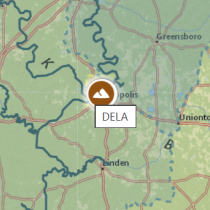2015 NEON Science Capability Assessment: A focus on near-term research opportunities
April 17, 2015
The NEON Science Capability Assessment (SCA) report suggests a framework for researchers to advance near-term research opportunities using NEON data. As the Observatory incrementally commissions subsystems and makes data products available to the community, the NEON Project approaches a critical phase called Initial Observatory Capability (IOC), slated for mid-2015. In particular, the SCA report highlights data products available at IOC and the large-scale gradients associated with these data products.
The report was developed by a panel of six scientists who spent two days at the NEON Project headquarters facility during October 2014. The panel of six was composed of two Board Directors, two members of the NEON Science, Technology, and Education Advisory Committee (STEAC), and two distinguished members of the ecology community. The panel conducted meetings with NEON Project staff members and NSF representatives to (1) Develop a framework that can be used to assess the science opportunities that are enabled as the NEON infrastructure is commissioned into a state of operational readiness, and (2) Assess the research capability and opportunities enabled by the planned initial IOC.
“We see this report initiating a community dialog on the types of innovative analytical approaches needed to accelerate the transformative science NEON was designed to enable” says Dr. James Collins (Arizona State University). The report also calls for a sustained dialog between the ecological research community and NEON Project science staff, especially relative to how certain classes of questions can only be answered with data of consistent quality at regional to continental scales. Accordingly, the report reinforces the effort that NEON Project has already invested in providing high quality data through rigorous calibration, validation, and audit procedures.
We hope this report will prove useful to you and your collaborators as funding opportunities for new research are proposed by NSF and other federal agencies. This report, like the other resources available on the NEON Project web site, may be useful to you as you develop research programs to make use of NEON data products. Those resources include protocols, science designs, and algorithm theoretical basis documents (ATBDs). ATBDs describe the algorithms to be used in the generation of data products.

